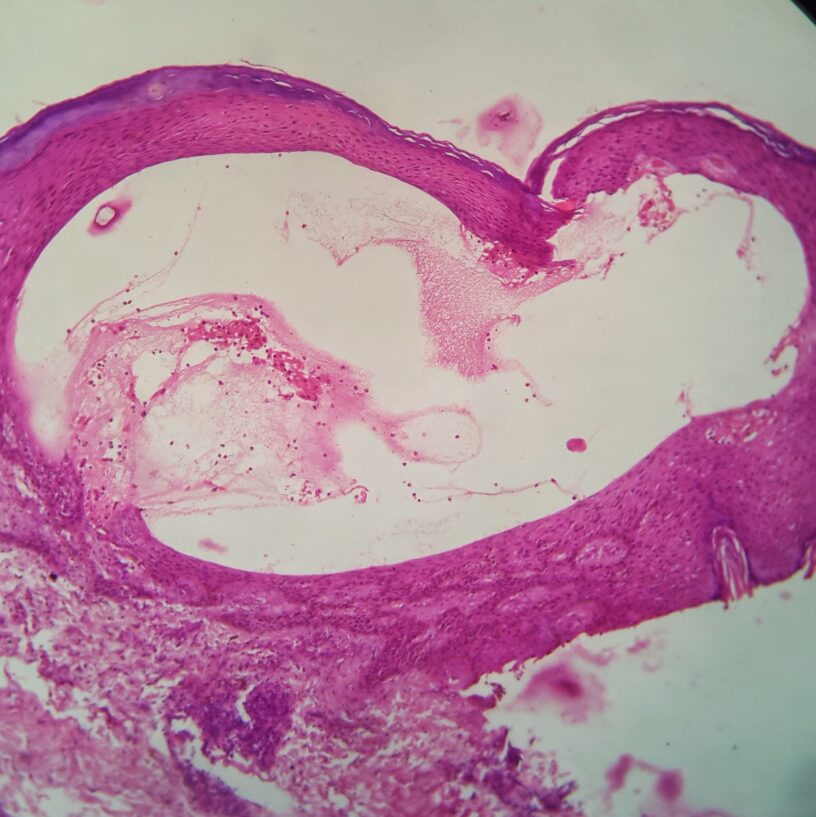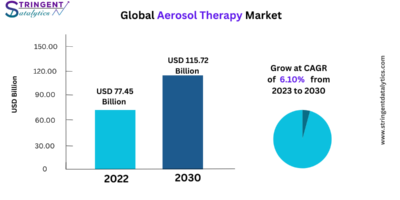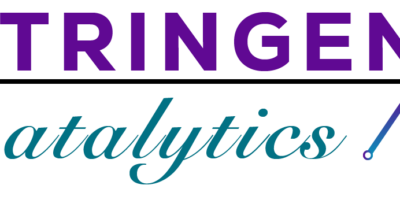The bullous pemphigoid treatment market focuses on the diagnosis, management, and treatment of bullous pemphigoid, a rare autoimmune skin disorder characterized by large, fluid-filled blisters (bullae) on areas of the skin that often flex, such as the lower abdomen, upper thighs, or armpits. The market includes a range of therapeutic options, from corticosteroids to immunosuppressive agents and novel biologics.
Overview:
Bullous pemphigoid (BP) primarily affects older adults and is caused by the immune system mistakenly attacking the skin’s basement membrane, leading to blister formation. The disease can significantly impact a patient’s quality of life due to pain, itching, and potential complications from secondary infections.
Market Components:
- Pharmaceutical Treatments:
- Corticosteroids: The first-line treatment for BP, with options including topical steroids for mild cases and systemic steroids (e.g., prednisone) for more severe cases.
- Immunosuppressive Agents: Medications like methotrexate, azathioprine, and mycophenolate mofetil are used to reduce immune system activity.
- Biologics: Emerging treatments like rituximab, which target specific components of the immune system, are being increasingly used in cases resistant to traditional therapies.
- Antibiotics and Anti-inflammatory Drugs: Tetracycline and nicotinamide are often used for their anti-inflammatory properties, particularly in mild cases.
- Supportive Care:
- Wound Care Products: Specialized dressings and topical treatments are used to protect and heal blisters and prevent infections.
- Pain Management: Analgesics and other pain management strategies are essential for improving patient comfort.
- Diagnostic Tools:
- Biopsy and Immunofluorescence: Skin biopsy followed by direct immunofluorescence is the gold standard for diagnosing BP.
- Serological Tests: Blood tests detecting BP antibodies (anti-BP180 and anti-BP230) help in diagnosis and monitoring treatment response.
Market Size and Growth:
The bullous pemphigoid treatment market is growing due to several factors:
- Rising Incidence: An aging population is contributing to a higher prevalence of BP, as the condition primarily affects older adults.
- Increased Awareness and Diagnosis: Improved diagnostic techniques and greater awareness among healthcare professionals are leading to earlier and more accurate diagnoses.
- Advancements in Treatment: The development of new biologics and targeted therapies is expanding treatment options and improving patient outcomes.
Trends:
- Adoption of Biologics:
- Targeted Therapies: The use of biologics like rituximab, which target specific immune pathways, is becoming more common, especially in cases resistant to standard treatments.
- Focus on Patient-Centric Care:
- Improved Quality of Life: There is an increasing emphasis on treatments that not only manage symptoms but also improve overall quality of life for patients with BP.
- Combination Therapies:
- Multimodal Approaches: Combining corticosteroids with immunosuppressive agents or biologics is a growing trend to enhance efficacy and reduce side effects.
- Emergence of Personalized Medicine:
- Tailored Treatments: Advances in understanding the genetic and immunological underpinnings of BP are leading to more personalized treatment approaches.
- Research on New Therapeutics:
- Clinical Trials: Ongoing research and clinical trials are exploring new therapeutic agents, including JAK inhibitors and other immune-modulating drugs.
Challenges:
- Side Effects of Long-Term Steroid Use:
- Corticosteroid Risks: Prolonged use of systemic corticosteroids, a mainstay in BP treatment, can lead to significant side effects, including osteoporosis, diabetes, and increased infection risk.
- High Cost of Biologics:
- Expense: Biologic therapies, while effective, are often expensive, which can limit accessibility for some patients.
- Management of Elderly Patients:
- Comorbidities: BP primarily affects the elderly, who may have multiple comorbidities, making treatment complex and increasing the risk of adverse effects.
- Limited Awareness in Some Regions:
- Underdiagnosis: In certain areas, there is still a lack of awareness among healthcare providers about BP, leading to underdiagnosis and mismanagement.
- Regulatory Challenges:
- Approval Processes: The development and approval of new treatments, especially for rare diseases like BP, can be slow and challenging due to regulatory hurdles.
Market Drivers:
- Aging Population:
- Demographics: The increasing global elderly population is a significant driver of the market, as BP predominantly affects older adults.
- Technological Advancements in Diagnosis:
- Improved Diagnostic Tools: Advances in diagnostic techniques, such as enhanced serological testing, are facilitating earlier and more accurate diagnosis of BP.
- Rising Adoption of Biologics:
- Efficacy of New Treatments: The growing adoption of biologics and other targeted therapies is driving market growth by offering new treatment options for patients who do not respond to traditional therapies.
- Increased Research and Development:
- Innovation: Ongoing research and development efforts are leading to the discovery of new therapeutic targets and the introduction of novel treatments.
- Growing Awareness Among Healthcare Providers:
- Education and Training: Increased awareness and education among dermatologists and healthcare providers are improving the management of BP.
Future Outlook:
The bullous pemphigoid treatment market is expected to continue growing, driven by advancements in biologics, increased awareness, and a rising elderly population. The focus will likely remain on improving patient outcomes through personalized medicine, combination therapies, and the development of new, less toxic treatment options. Regulatory approval of new drugs and the expansion of therapeutic options will be key to the market’s growth, along with ongoing research into the underlying mechanisms of the disease. As the market evolves, manufacturers and healthcare providers will need to address challenges such as treatment costs and the management of side effects to ensure that all patients have access to effective and safe therapies.
Click Here, To Get Free Sample Report https://stringentdatalytics.com/sample-request/bullous-pemphigoid-treatment-market/14787/
Market Segmentations:
Global Bullous Pemphigoid Treatment Market: By Company
Pfizer
Aqua Pharmaceuticals
Sirius Laboratories
DUBLIN Pharmaceuticals
Teva Pharmaceuticals
Astellas Pharma
Aegis Pharmaceuticals
Sun Pharmaceuticals
Global Bullous Pemphigoid Treatment Market: By Type
Immunosuppressant Medication
Steroids
Antibiotics & Antiseptics
Pain Relief Medication
Global Bullous Pemphigoid Treatment Market: By Application
Hospitals Pharmacies
Retail Pharmacies
Mail Order Pharmacies
Global Bullous Pemphigoid Treatment Market: Regional Analysis
The regional analysis of the global Bullous Pemphigoid Treatment market provides insights into the market’s performance across different regions of the world. The analysis is based on recent and future trends and includes market forecast for the prediction period. The countries covered in the regional analysis of the Bullous Pemphigoid Treatment market report are as follows:
North America: The North America region includes the U.S., Canada, and Mexico. The U.S. is the largest market for Cold-chain Pharma in this region, followed by Canada and Mexico. The market growth in this region is primarily driven by the presence of key market players and the increasing demand for the product.
Europe: The Europe region includes Germany, France, U.K., Russia, Italy, Spain, Turkey, Netherlands, Switzerland, Belgium, and Rest of Europe. Germany is the largest market for Cold-chain Pharma in this region, followed by the U.K. and France. The market growth in this region is driven by the increasing demand for the product in the automotive and aerospace sectors.
Asia-Pacific: The Asia-Pacific region includes Singapore, Malaysia, Australia, Thailand, Indonesia, Philippines, China, Japan, India, South Korea, and Rest of Asia-Pacific. China is the largest market for Cold-chain Pharma in this region, followed by Japan and India. The market growth in this region is driven by the increasing adoption of the product in various end-use industries, such as automotive, aerospace, and construction.
Middle East and Africa: The Middle East and Africa region includes Saudi Arabia, U.A.E, South Africa, Egypt, Israel, and Rest of Middle East and Africa. The market growth in this region is driven by the increasing demand for the product in the aerospace and defense sectors.
South America: The South America region includes Argentina, Brazil, and Rest of South America. Brazil is the largest market for Cold-chain Pharma in this region, followed by Argentina. The market growth in this region is primarily driven by the increasing demand for the product in the automotive sector.
Click Here, To Buy Premium Report https://stringentdatalytics.com/purchase/bullous-pemphigoid-treatment-market/14787/?license=single
About Stringent Datalytics
Stringent Datalytics offers both custom and syndicated market research reports. Custom market research reports are tailored to a specific client’s needs and requirements. These reports provide unique insights into a particular industry or market segment and can help businesses make informed decisions about their strategies and operations.
Syndicated market research reports, on the other hand, are pre-existing reports that are available for purchase by multiple clients. These reports are often produced on a regular basis, such as annually or quarterly, and cover a broad range of industries and market segments. Syndicated reports provide clients with insights into industry trends, market sizes, and competitive landscapes. By offering both custom and syndicated reports, Stringent Datalytics can provide clients with a range of market research solutions that can be customized to their specific needs.
Contact Us
Stringent Datalytics
Contact No- +1 346 666 6655
Email Id- sales@stringentdatalytics.com




Leave a Reply